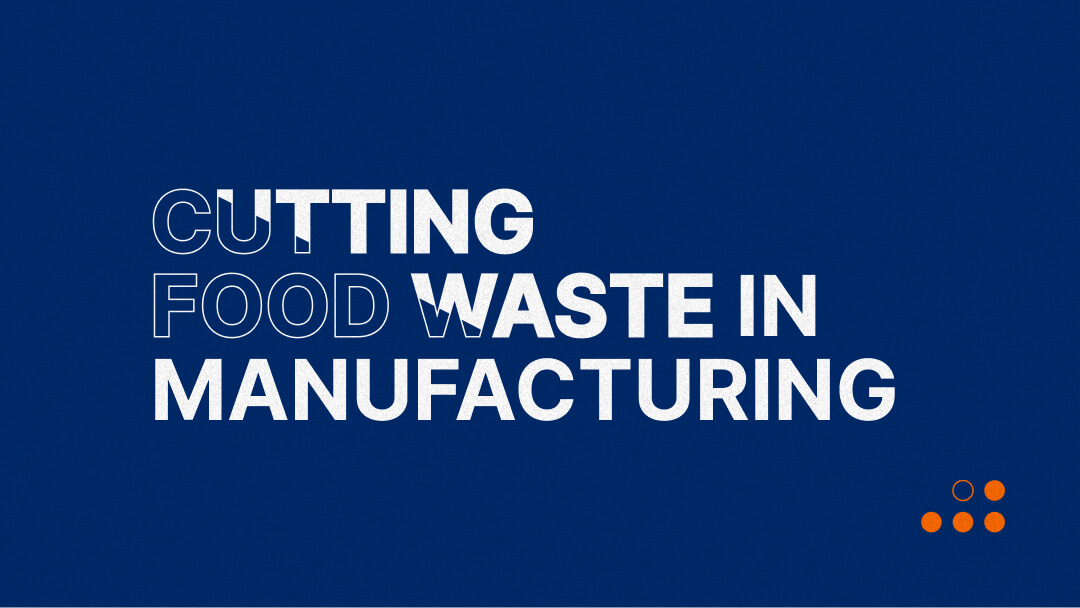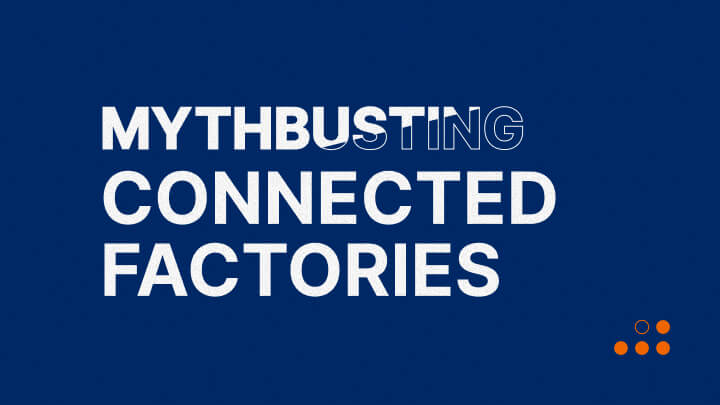In a landscape defined by inflation, talent scarcity, and global supply constraints, manufacturers face an unprecedented squeeze on profitability. Faced with these macroeconomic pressures, businesses of all sizes are on a relentless quest for efficiency, flexibility, and reliability.
Digital and data-driven manufacturing, with trends such as Industry 4.0, has emerged as a way to achieve these goals, resulting in a closer alignment of Information Technology (IT) and Operational Technology (OT) to reduce the risk of their operations, cut cost, and improve efficiency.
While the buzz around digital manufacturing and Industry 4.0 is not new, the burning question remains: has the reality lived up to the hype?
Gartner's projections offer a tantalising glimpse into the future, with worldwide spending on enterprise IT set to skyrocket. Smart Manufacturing, propelled by AI and data analytics, emerges as the beacon of progress, poised to revolutionise manufacturing processes.
However, amidst this surge of innovation lies a stark reality: change fatigue. Leaders are apprehensive about investing in new IT projects, grappling with the daunting prospect of adopting transformative technologies like AI and generative AI. Moreover, the grim statistic looms large: over 70% of companies fail to transition beyond the pilot phase in their Industry 4.0 journey, leaving dreams of unified operational solutions unfulfilled.
This stark contrast underscores a pervasive truth: many organisations struggle to translate technology investments into tangible bottom-line impact, breeding scepticism about the true potential of digital and data in the industry.
In this article, we delve into the reasons behind the failure of these technologies to yield real business value and present actionable solutions to propel manufacturers toward profitability in the digital age.
Data without action is an overhead
It is widely recognised that the right data can enhance decision-making, but what does this mean in practice?
Many organisations are driving towards being data-driven, however, they often focus on the data before they understand the underlying reasons behind why they are doing it in the first place. This results in ever-growing piles of data being stored and not used. This can soon become costly to store and maintain and, if value is not seen, results in frustration and a lack of belief in digital projects.
To become a truly data-driven organisation, data needs to be transformed into actionable insight that's accessible and relevant to decision-makers at all levels of the organisation. Rather than starting with the data first, it is important to take a few steps back and identify the desired outcomes of implementing digital solutions.
- Do you want to know what your biggest causes of downtime are?
- What are the cycle times of your critical processes?
- How has your category throughput changed week on week for the past three months?
Identifying the questions that have real impact means that data is processed and stored to minimise data for data's sake, leading to informed decision making and ultimately driving profitability.
Machine connectivity
Manufacturers who have grown their capability over time often find their factory floor is a diverse combination of machines, both old and new.
Digital technologies are seen as a solution to this challenge, however, traditional manufacturing software solutions may still not give the full picture. This is because many manufacturing data platforms only connect to a select number of machines, with older machines often being left out.
Pockets of connectivity make it difficult to holistically look at the performance of a factory floor and don't give insight into identifying the areas of the factory floor which could give manufacturers the most value from improvement.
Imagine a data platform that leaves no machine behind, extracting data from any machine and integrating with a large number of common Enterprise Resource Planning (ERP) systems. Manufacturers would have a complete view of their operations, with visibility into each process within the context of the wider plant and therefore the ability to target improvements where they have the most impact.
Siloed and Inaccessible Data
Data stored in various formats from disparate sources creates significant challenges in leveraging the latest data and AI technologies, often limiting the benefits to isolated pockets within the organisation.
Machine operators may resist sharing data from their processes, viewing it solely as a means for management scrutiny rather than recognising its potential value to their own roles. However, whether it's a top-level executive or a frontline worker on the shop floor, modern organisations are increasingly recognising the importance of empowering their people to drive efficiencies and enhance profitability.
Imagine a transformative data platform that democratises access to information, empowering all users to make informed decisions and generate tangible impact.
By adopting open data formats and providing intuitive dashboards accessible across the organisation, teams can conduct their own in-depth analyses, fostering a collaborative environment where insights drive continuous improvement and innovation.
This culture of data empowerment not only enhances individual ownership but also cultivates a shared commitment to achieving organisational goals and driving sustainable growth.
No one size fits all
Enterprise solutions are designed with broad functionalities to cater to diverse industries, resulting in unnecessary complexity and features that may not align with the unique workflows and requirements of a particular manufacturing company.
As such, manufacturers have been forced to make tradeoffs when adopting enterprise software solutions, either adapting their own processes or choosing to leave elements or machines out, in order to fit the enterprise software. This makes it impossible to create a truly holistic view across their factory.
Software that doesn't truly meet the needs of the users also leads to frustration and workarounds, giving a muddy picture of their operations. As a result, the manufacturing industry has been turning away from these typical solutions, and looking towards smaller, more adaptable solutions that conform more closely to their needs.
A solution that is designed to be modular and configurable means that organisations pay for what they need, and can be adapted to their processes, not the other way around.
Data ownership
Data ownership has emerged as a critical issue for businesses, particularly in the realm of enterprise software solutions. Many companies find themselves entrapped in a paradox where the very tools meant to enhance efficiency and profitability end up restricting their access to vital data.
Locked away within proprietary software systems, this data becomes inaccessible to the company, preventing them from leveraging alternative tools and technologies to drive improvements. Such limitations stifle innovation and hinder the organisation's ability to adapt and thrive in a rapidly evolving landscape.
Moreover, this lack of data ownership undermines the company's autonomy, leaving them beholden to the constraints imposed by their chosen software provider.
To truly maximise efficiency and profitability, data solutions must enable businesses to have full control over their data, ensuring that it remains accessible and actionable across whatever platform and technology that they choose to utilise.
In Conclusion
Smart manufacturing as a means to maximise profitability requires a strategic approach that often falls short due to the reasons outlined above. We developed a Manufacturing Insights Platform (MIP) with these in mind.
MIP serves as a comprehensive solution designed to unearth actionable insights by seamlessly connecting to every machine on your shop floor, along with integrations with common ERPs and software systems.
Through its robust capabilities, the platform extracts, processes, and centralises data, presenting it on intuitive dashboards tailored for both top-level management and machine operators. With a modular approach, MIP offers flexibility by standardising core functionalities while allowing for custom configurations to meet the unique needs of each manufacturer.
With MIP, you gain the ability to make informed decisions that drive efficiency and ultimately sustain profitability.
If you're interested in learning more about how MIP can maximise profitability in your factory, don't hesitate to get in touch with our team today. Let us help you unlock the full potential of your manufacturing operations with MIP.




